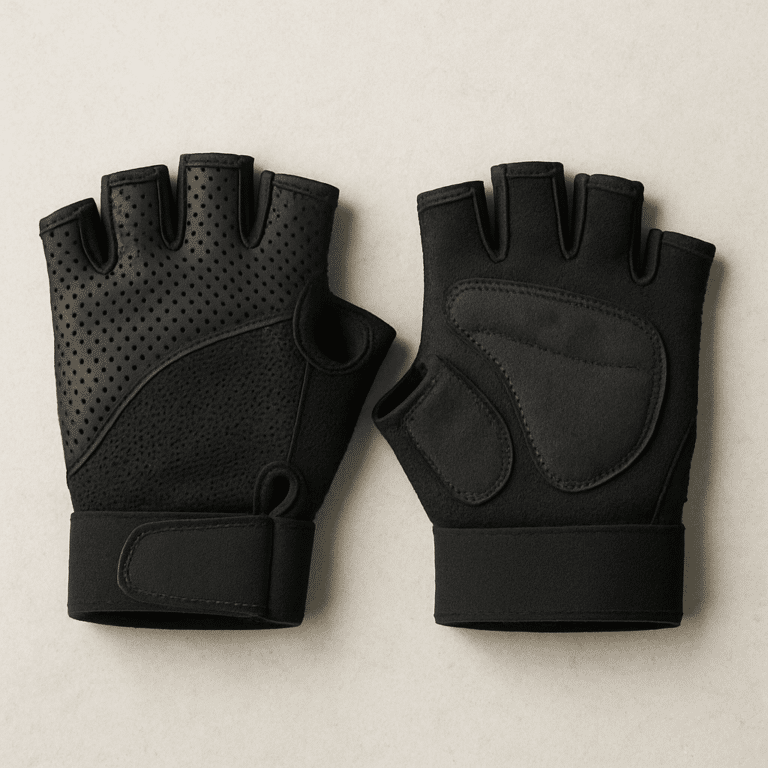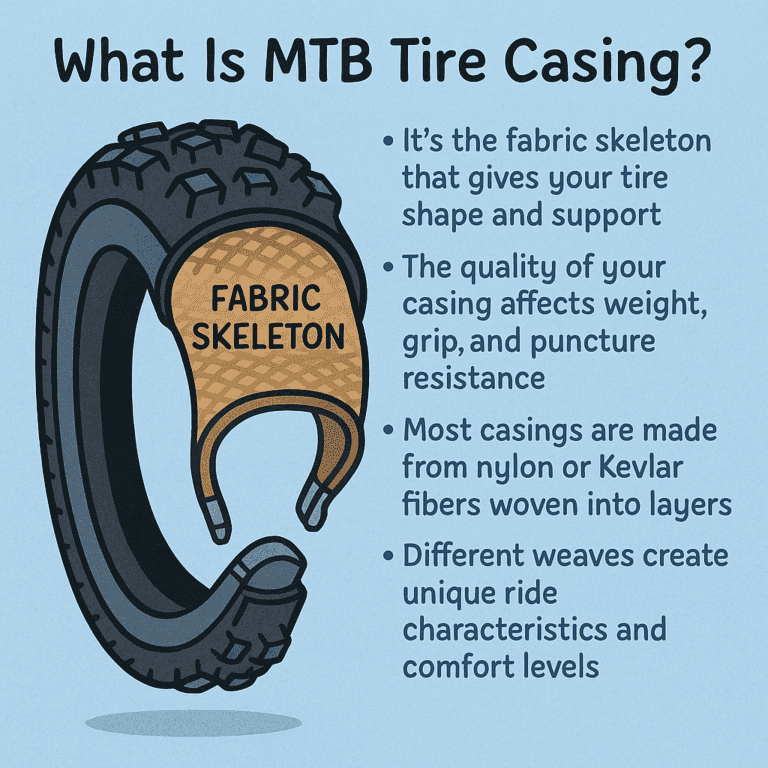7 Urban Cycling Laws You Need to Know in 2025
Have you heard that you can get a ticket for blowing past a stop sign on bike? I’m sure clicking on this article, you’ve seen some crazy story or like mine in college where I got warned by a police officer for trying to go through a red-light on bike. Did you know that cycling laws can vary dramatically from one city block to the next?
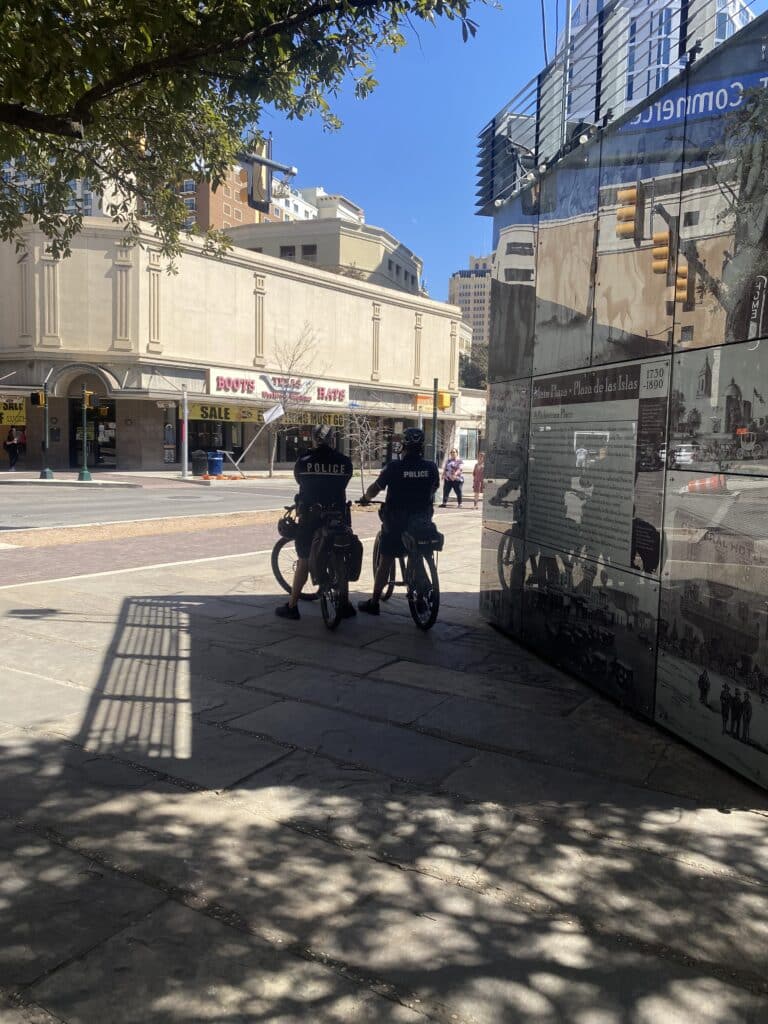
Urban cycling laws vary in positive amounts just as much as negative, and this isn’t just about avoiding tickets. It’s about protecting yourself, knowing your rights, and knowing what you’re doing without getting in trouble. Think about it, with only 700,000 Americans experiencing the benefits of bike commuting, bike commuters stand out the most on the road so imagine being a student at a light right next to a cop.
They will see you…
(Note some laws are very much oriented towards safety, but some are outdated so I want to leave that note first.)
Understanding Federal vs. State vs. Local Cycling Laws
Here’s the thing that nobody really explains upfront: cycling laws in the US work on three different levels, and they don’t always play nice together. It’s honestly pretty confusing at first.
At the federal level, there really aren’t that many rules that directly affect your daily ride. The feds mostly handle things like safety standards for bike manufacturing and some funding requirements for bike infrastructure.
But here’s what’s interesting, federal law says bicycles are considered vehicles under most circumstances, which is actually huge because it gives us the legal right to use public roads.
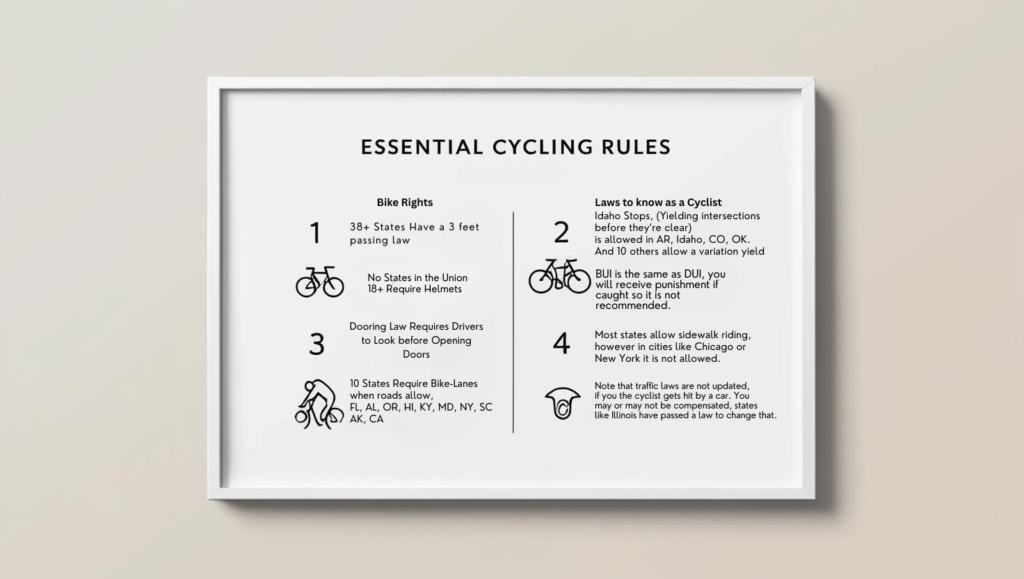
Without that federal foundation, we’d be in trouble. But it’s a double edge sword, meaning you are treated like a vehicle in-which a cop will ask for your driver’s license or ID if you have one.
Where it gets tricky is the state level. Each state creates its own traffic code, and that’s where you see big differences in things like helmet requirements, where you can ride, and how you interact with cars. California has completely different rules than Texas, which has different rules than New York. I’ve been keeping a running list in my phone of the weirdest state differences I’ve encountered, and it’s getting pretty long.
But here’s where it gets really wild – local cities and counties can add their own rules on top of state law, as long as they don’t contradict it. So you might have a street that runs through three different municipalities, and technically the cycling rules could change three times along that same road.
For example, you’re allowed to bike on the sidewalks in Miami and you’re not allowed at the same time…
Confusing right?
But not really, they’re most dense neighborhoods Brickell, Downtown, and Coconut Grove do not allow it because all the pedestrian traffic.
What this means is that you can use your best judgement to deduce whether you can or cannot. If very pedestrian areas are full of traffic whether walking or plaza, you will usually see a sign to dismount like I saw last week when I was visiting Boulder Colorado. However based on that you can search up on google what neighborhoods are allowed to bike in or even better use Strava heat-maps to navigate.
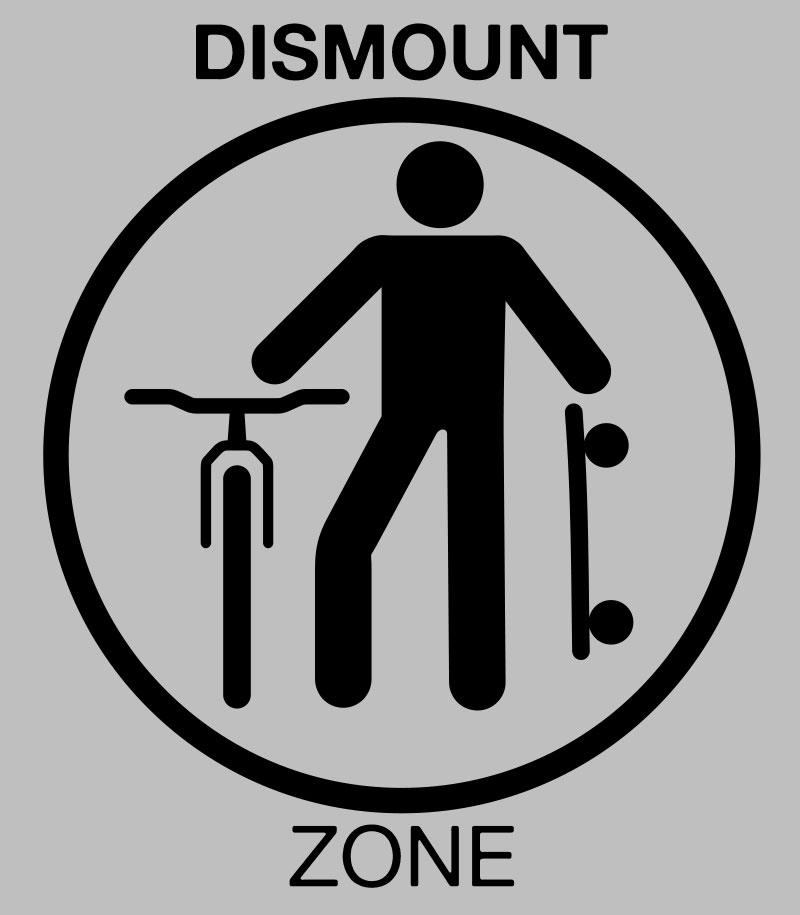
My advice after dealing with this mess for years? When you’re riding in a new city, spend ten minutes googling their specific cycling ordinances. It’s not fun, but it beats explaining to a cop why you thought the state law overruled the local one.
Essential Traffic Laws Every Urban Cyclist Must Follow
Let’s start with right-of-way, because this is where I see the most confusion and near-misses. At intersections, you don’t get special treatment just because you’re on two wheels. If there’s a four-way stop, you wait your turn like everyone else, in let’s say over 80% of areas in the US.
To be honest you could sneak through if no cars were coming in most suburban areas, but that’s technically illegal in most places and definitely dangerous. The rule that saved my skin more than once: when in doubt, act like you’re driving a slow car.
At first, you may want to bike on sidewalks and it’s a lot more comfortable; however you’ll regret it especially with cars coming out of nowhere and pedestrian traffic colliding plus it’s appealing to go through crosswalks on bike. But legally, if you’re riding through a crosswalk, you lose pedestrian protections and become a vehicle again.
Lane positioning is another area where I had to unlearn some bad habits. For years, I hugged the curb thinking I was being courteous to cars. Turns out, that’s actually more dangerous and sometimes illegal. You’re allowed to take the lane when it’s too narrow to share safely, when there’s debris on the shoulder, or when you’re preparing to turn left.
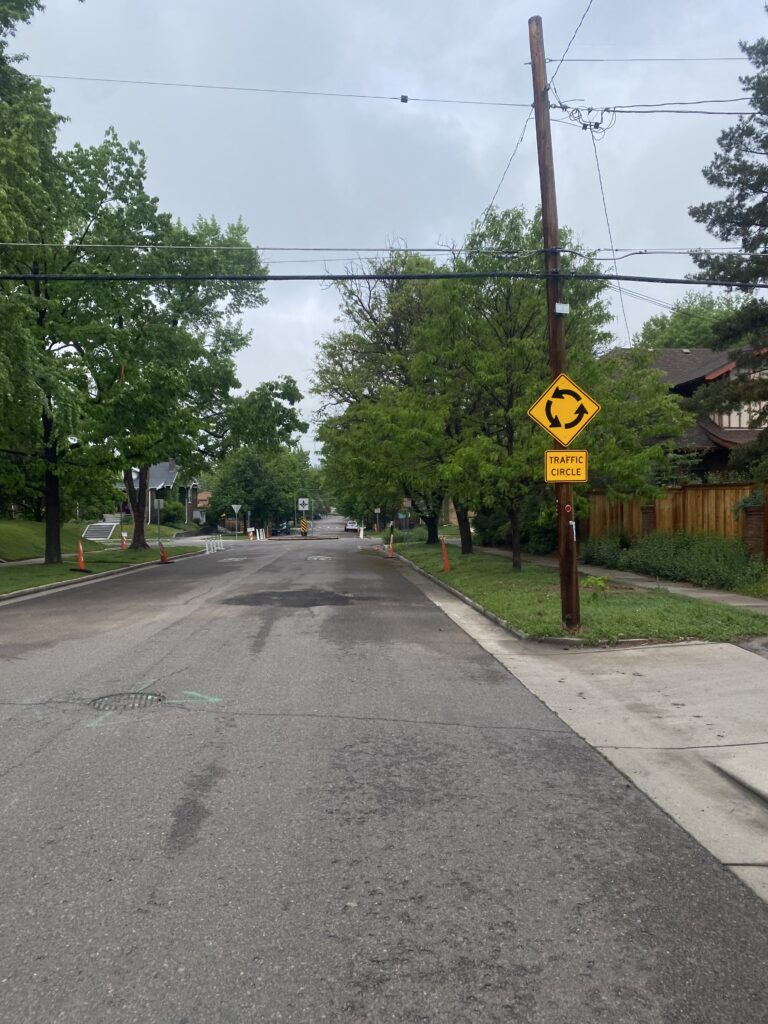
Now, about those traffic signals – this is where things get interesting. Most states require full stops at red lights, just like cars. But here’s where it gets confusing: some states have adopted “Idaho stop” laws that let cyclists treat stop signs as yield signs and red lights as stop signs.
Currently I do not live in an Idaho Stop state. However, you may be able to get away with an Idaho Stop depending on what city you live, I asked my engineer and he’s working on implementing it.
Currently, about eight states have some version of these laws, but you need to check your specific area because they’re not universal.
State-by-State Helmet Requirements and Safety Laws
I can tell you, I’ve been to DC area and I’ve heard about this many, many times happen to people. People crossing streets from being a law-abiding cyclist to a criminal, just because of an invisible city boundary line. I dislike the policy but it’s true, helmets are required in DC while biking.
The helmet law situation in America is honestly a mess, and I’ve spent way too much time researching this stuff after getting conflicting advice from discord chats. When I was doing my extensive research for my chart above I found out that 21 states had a mandatory helmet law, but here’s the kicker – 99% apply to people under 18.
Let me break down what I’ve learned from riding in different states and occasionally getting schooled by local cops. States like Florida, Georgia, and Maryland require helmets for riders under 16, but once you hit your 16th birthday, you’re free to ride bare-headed if you want.
Only a handful of places require adult helmet use. The big ones are Washington DC where I was considering moving, and some individual cities like Brookline, Massachusetts. What’s wild is that you can ride helmet-free through Boston, but cross into Brookline and suddenly you’re breaking the law. Whether you want to carry a helmet on your basket or in a backpack is up to you.

The penalties vary like crazy too. Some places it’s just a warning for first-time offenders, others hit you with fines ranging from $25 to $200. The bike share stations in DC don’t even have helmets available to rent.
My hard-earned advice? When you’re traveling with your bike, spend five minutes googling the local requirements. It’s your best solution and sometimes your only, and think about grabbing a helmet individually from a shop nearby or go further and rent the bike there.
Urban Bike Lane Regulations and Street Positioning
Here’s what I wish someone had explained to me years ago: not all bike lanes are created equal, and the rules change depending on what type you’re in. Protected bike lanes – the ones with physical barriers separating you from traffic, give you the most legal protection.
You’ve got the right-of-way in these lanes, and cars aren’t supposed to enter them except at designated crossing points. But painted bike lanes? That’s where things get sketchy.
In painted lanes, you’re sharing space with cars more than most people realize. Drivers can legally cross painted bike lanes to park, turn, or load passengers in many cities. Had to go through a lot of them stopped in Denver, and it was so annoying going around these stopped FedEx trucks that I should be allowed to use.
Turns out, that was completely legal as long as he yielded to cyclists first. The key word being “yielded” – which he definitely didn’t do.

But here’s something that surprised me: you’re not legally required to stay in bike lanes in most places. If the lane is blocked by construction, parked cars, or debris, you can legally move into traffic.
And especially if there’s a truck you should move because you never know if that bike-lane or road is having issues to where there’s a sinkhole.
The trick is doing it safely and signaling your intentions. I used to feel guilty about leaving the bike lane, like I was breaking some sacred cycling rule, but legally you have every right to take the traffic lane when the bike lane isn’t usable.
Here’s what saved me from more door zone incidents: I ride about three feet from parked cars whenever possible, even if it means taking up more of the travel lane. Some drivers get annoyed, but it’s completely legal in most places and way safer than hugging the parked cars. The legal concept is “as far right as practicable” – not “as far right as possible.”
My best advice? Assume every driver hasn’t read the bike lane laws and ride accordingly. The laws might be on your side, but physics definitely isn’t when you’re going up against a two-ton vehicle.
Cyclist Rights and Responsibilities in Traffic
In every state, bicycles are considered vehicles under traffic law. That means you have the same right to use public roads as any car, truck, or motorcycle. When drivers tell you to get off “their” road, they’re literally wrong. It’s your road too.
We though have the same duties as drivers, having to signal for them. That includes signaling turns, yielding right-of-way when required, and following traffic control devices. No more sailing through stop signs just because I’m on a bike.

The signaling thing was actually harder to learn than I expected. Hand signals feel awkward at first, especially when you’re nervous about taking a hand off the bars in traffic. But they’re legally required in most places, and honestly, they make a huge difference in how drivers react to you. I’ve noticed that when I signal clearly, drivers are way more likely to give me space and respect my movements.
Yielding rules are where things get complicated. At four-way stops, I have to wait my turn just like any car. But in roundabouts? That’s where I see the most confusion. Legally, I’m supposed to take the lane and act like a slow-moving vehicle, but some drivers expect me to yield to them even when I have the right-of-way. I’ve learned to make eye contact and be extra obvious about my intentions.
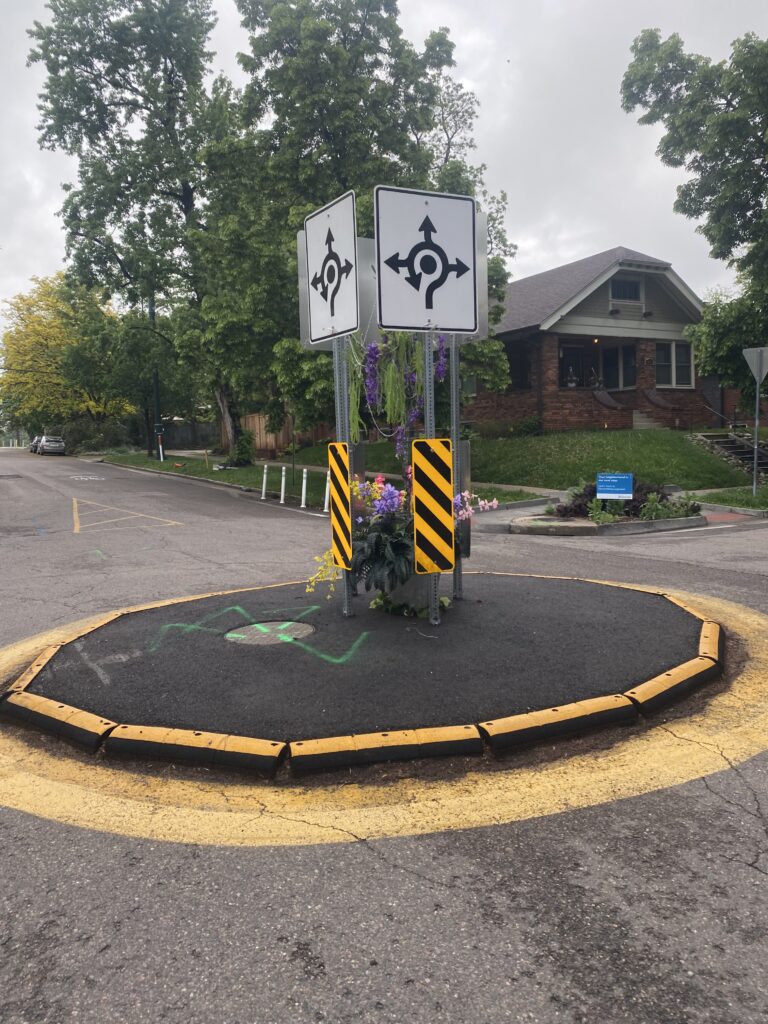
Shared spaces with pedestrians are a whole different animal. On multi-use paths, cyclists are usually required to yield to pedestrians and announce themselves when passing. I use a bell for this, but some places actually require verbal warnings like “on your left.” The key is being predictable and courteous – legally, you might have the right-of-way, but practically, you don’t want to scare someone into jumping into your path.
Insurance is another area where cyclists often get confused. Your bike might be covered under your homeowner’s or renter’s insurance, but medical bills from cycling accidents can be tricky. Some car insurance policies cover you when you’re cycling, others don’t. I learned this gap exists when a Reddit story I found doing research showed a cyclist getting in trouble and having to pay an accident for a car driver.
The most important thing I’ve learned? Don’t let aggressive drivers intimidate you out of exercising your legal rights. Yes, you need to ride defensively and be smart about when to take the lane, but you also have legitimate legal protections. If you need to, carry cyclist laws and rights with you from the The League of American Cyclists at best.
E-Bike and Electric Bicycle Regulations by State
Have you heard about E-Bikes nowadays and how they’re regulated?
The three-class system is supposed to make things simple, but it actually creates more confusion. Class 1 e-bikes only assist when you’re pedaling and cut off at 20 mph. Class 2 bikes have a throttle and also max out at 20 mph. Class 3 bikes assist up to 28 mph but only when pedaling. Sounds straightforward, right? Except not every state uses this system, and some cities ignore it completely.
Age restrictions are all over the map too. Some states require helmets for all e-bike riders, others only for kids, and a few have no e-bike-specific helmet laws at all. California requires helmets for Class 3 e-bike riders but not Class 1 or 2. Colorado used to require helmets for all e-bike riders under 18, but recently changed it to just Class 3 bikes. Keeping track of this stuff is like a part-time job.
These things really should be federally mandated, but that’s just my thoughts. Personally I rode the lime bikes plus the bird recently and found that the bird was a class one and lime class two allowing both pedal and button.
The licensing question comes up constantly in online forums, and here’s the deal: most states don’t require licenses for e-bikes, but there are exceptions. Some places require registration for Class 3 bikes, others want insurance, and a few treat high-powered e-bikes more like mopeds.
Where you can ride e-bikes varies dramatically by location. Most bike paths allow Class 1 e-bikes, but many ban Class 2 (throttle) and Class 3 (high-speed assist) bikes. I learned this at a rail-trail in Virginia where signs specifically prohibited “motorized vehicles” but made an exception for “pedal-assist bicycles under 20 mph.” The trail manager explained that throttle bikes are considered motorized even if they’re technically e-bikes.
Mountain bike trails are even more restrictive. Most are still figuring out their e-bike policies, and enforcement is inconsistent. If you want to ride a e-bike for example you have to drain the battery completely in North Carolina. I’ve been told to leave trails where e-bikes were supposedly allowed, and I’ve ridden trails where they were supposedly banned without anyone caring as such in Florida here.
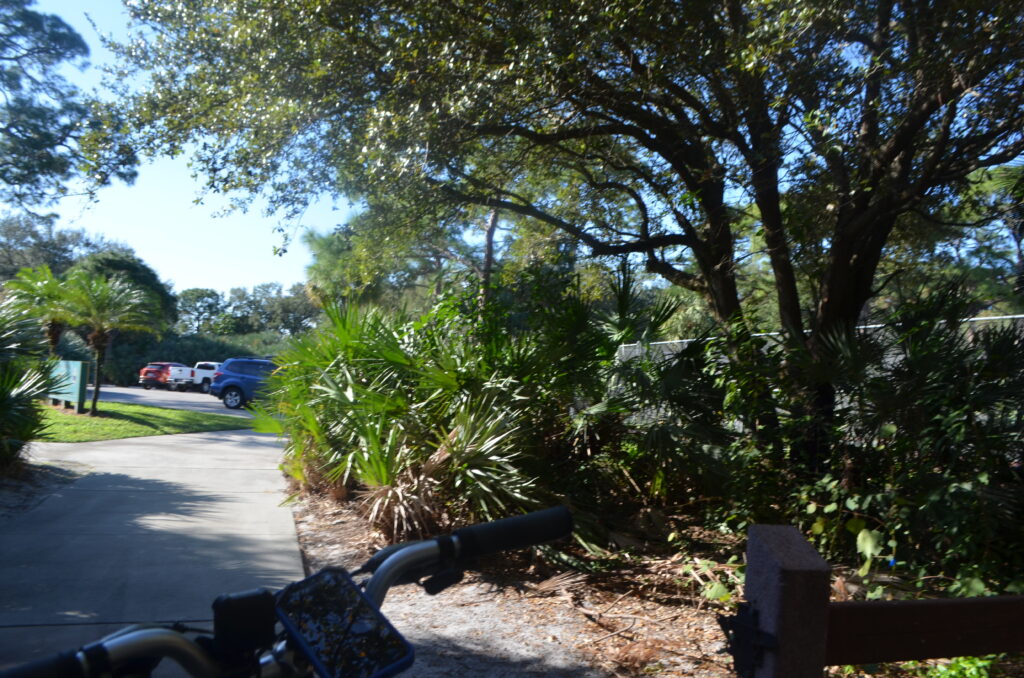
Insurance and registration requirements are evolving rapidly. Most states don’t require either for standard e-bikes, but some cities are implementing their own rules. I’ve heard rumors about pilot programs requiring e-bike registration in certain areas, but enforcement seems spotty at best.
My advice? Check both state and local laws before riding your e-bike somewhere new, and be prepared for the rules to change. I keep screenshots of relevant regulations on my phone because I’ve had to show them to confused enforcement officers more than once. The laws are still catching up to the technology, which means we’re all kind of figuring this out together.
Penalties, Fines, and Legal Consequences for Violations
Here’s something that shocked me: cycling tickets can sometimes affect your driving record. Not in every state, but enough that it’s worth knowing about. I mentioned earlier in the article, someone on reddit got pulled over and cited for points on their license while biking. The logic is that traffic violations show a pattern of risky behavior, regardless of what vehicle you were using. Most states don’t do this, but it’s not unheard of.
Serious cycling violations can have real legal consequences beyond just fines. I knew a guy who got charged with vehicular assault after he crashed into a pedestrian while running a red light. Because bikes are considered vehicles under most traffic laws, cyclists can face the same serious charges as drivers in similar situations.
When to contest a ticket versus just paying it is always a tough call. If you’re clearly guilty and the fine isn’t outrageous, sometimes it’s easier to just pay and move on. But if you think the officer was wrong about the law, or if the violation could affect your driving record, it might be worth fighting. Won that one, but it took half a day in traffic court.
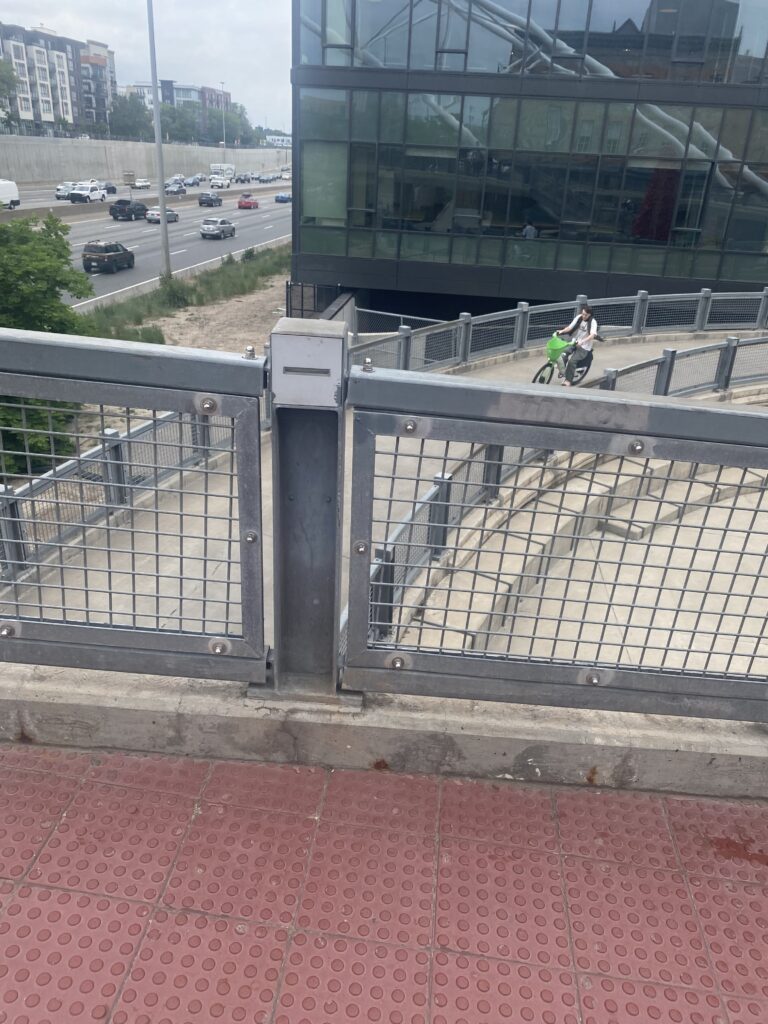
The court process for cycling tickets is usually the same as for traffic violations. You can often pay online or by mail, but if you want to contest it, you’ll need to appear in person or hire a lawyer. For minor violations, lawyers usually aren’t cost-effective unless you’re facing serious consequences. I’ve represented myself a few times and found that judges appreciate when cyclists actually know the relevant laws.
Here’s a tip that’s saved me from tickets: many officers will give warnings for minor violations if you’re polite, knowledgeable about the law, and obviously making an effort to ride safely. I got pulled over for not having a rear reflector (which I honestly didn’t know was required), but the cop just gave me a warning after I explained I’d get one installed that week. Attitude matters a lot in these interactions.
The most frustrating thing about cycling enforcement is how inconsistent it is. I’ve seen cyclists blow through red lights right in front of police cars with no consequences, then gotten stopped for minor equipment violations on other days. Some cities have periodic “cycling crackdowns” where they suddenly start enforcing rules they’ve ignored for months. There’s no real pattern to it, which is why following the rules consistently is your best bet.
Special Urban Cycling Situations and Laws
Secure storage requirements for apartments and businesses are becoming more common. Some cities now require new apartment buildings to include bike storage, and a few mandate that businesses provide bike parking for employees. I love this trend, but it’s created some weird legal situations where building owners aren’t sure what counts as compliant bike storage.
Commercial cycling and delivery bike regulations are exploding right now because of food delivery apps. These laws are changing so fast that even bike messengers and delivery riders can’t keep up. Some cities require commercial cyclists to register, get permits, wear specific safety gear, or follow different traffic rules. I’ve seen delivery riders get tickets for things that would be perfectly legal for recreational cyclists.
The age and equipment requirements for commercial cycling vary wildly. Some places require helmets and reflective vests for delivery riders but not regular cyclists. Others have minimum age requirements or restrict where commercial cyclists can ride. New York City has probably the most complex delivery bike regulations I’ve heard about online, with different rules for different types of commercial cycling.
Tourist and bike-share regulations create their own category of weird laws. Many tourist-heavy cities have specific rules for bike tours, rental companies, and bike-share systems. For example, I was in a group ride with cyclists in Key West and got yelled at for how fast we were riding, guess it’s a culture thing. Made zero sense to me, but rules are rules.
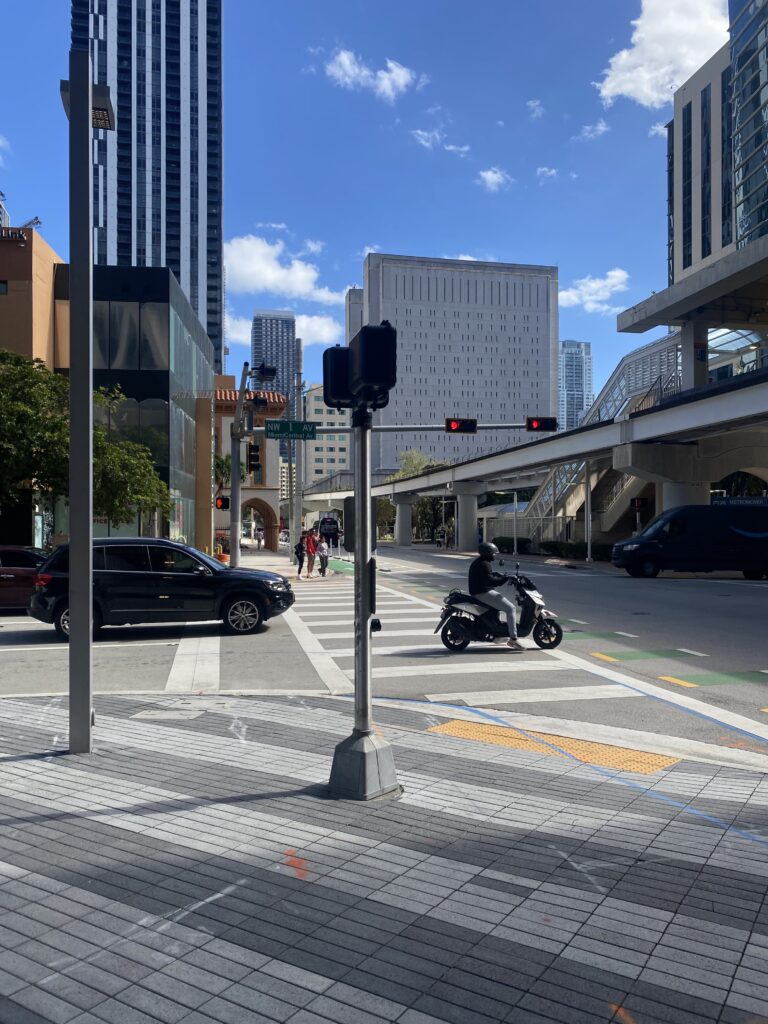
Bike-share systems often operate under special permits that create unique legal situations. In some cities, bike-share bikes are exempt from certain parking restrictions or allowed in areas where private bikes aren’t permitted. Other places have stricter rules for bike-share users, like mandatory helmet requirements that don’t apply to private bike owners.
The most frustrating part about special situation laws is that they’re often poorly publicized and inconsistently enforced. I’ve gotten different explanations from different officials about the same rule, and sometimes it feels like nobody really knows what’s legal anymore.
Seems like you just need to research everything you hear about, however I recommend it.
Conclusion
Navigating urban cycling laws doesn’t have to be overwhelming once you understand the basics. Remember that cycling laws exist primarily to keep everyone safe – cyclists, pedestrians, and motorists alike.
The key takeaway? Know your local laws, stay visible, and always err on the side of caution when you’re unsure about a regulation. Laws can change quickly, especially in rapidly growing cities, so make it a habit to check for updates annually or whenever you’re cycling in a new area.
Most importantly, don’t let complex regulations discourage you from cycling! The vast majority of urban cycling laws are straightforward common-sense rules designed to promote safe road sharing. When in doubt, ride defensively, follow traffic signals, and respect other road users.
Have you encountered confusing cycling laws in your city? Share your experiences in the comments below – your story might help fellow cyclists navigate similar situations safely and legally!

